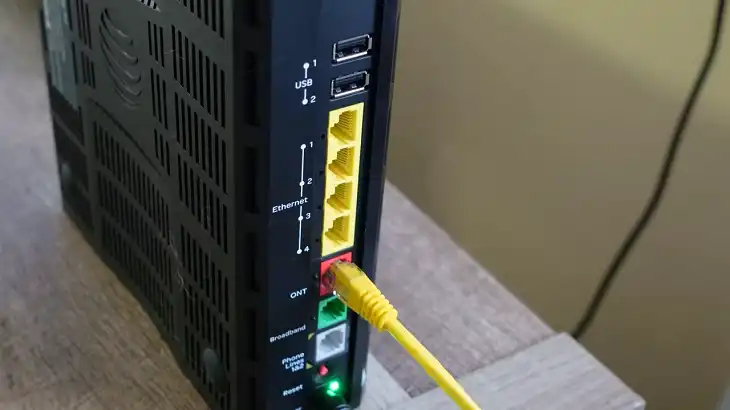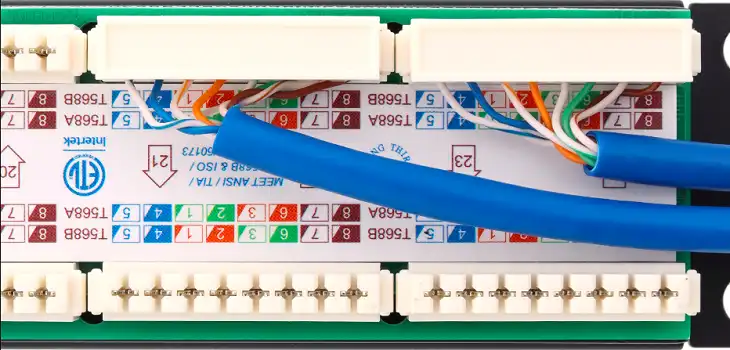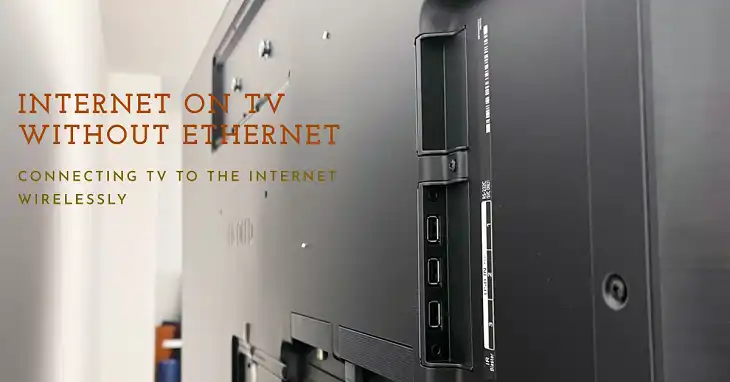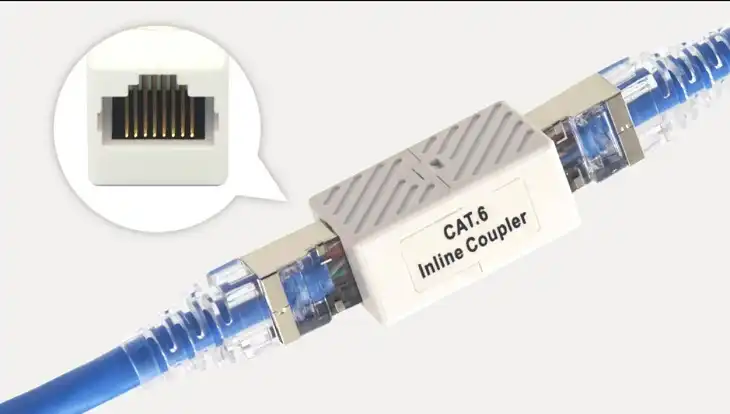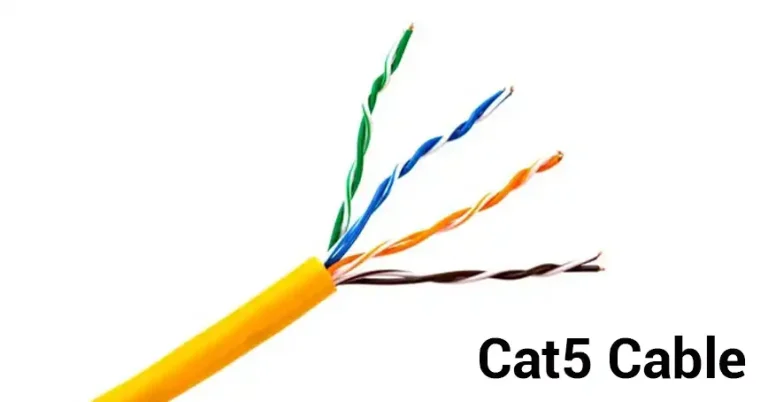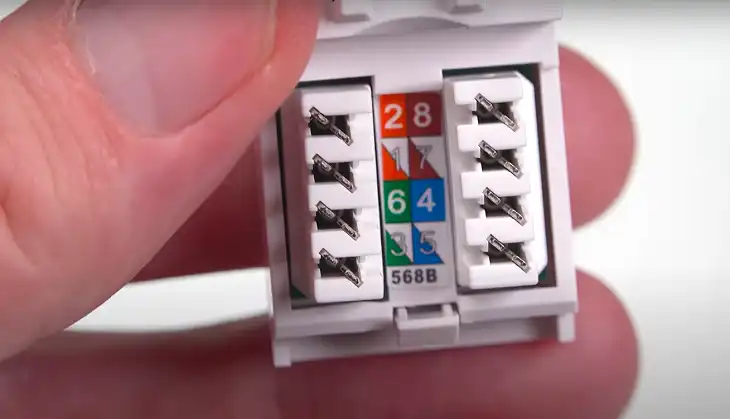How to Test Coax Cable without a Multimeter | A Complete Step-by-Step Guide
Coaxial cable, or coax, is commonly used for cable TV and internet connections. It’s important to test coax cables to identify any faults that could be causing issues like weak signals or slow internet speeds. While a multimeter is the standard tool for testing coax cables, there are other methods you can use in a pinch when you don’t have a multimeter handy.
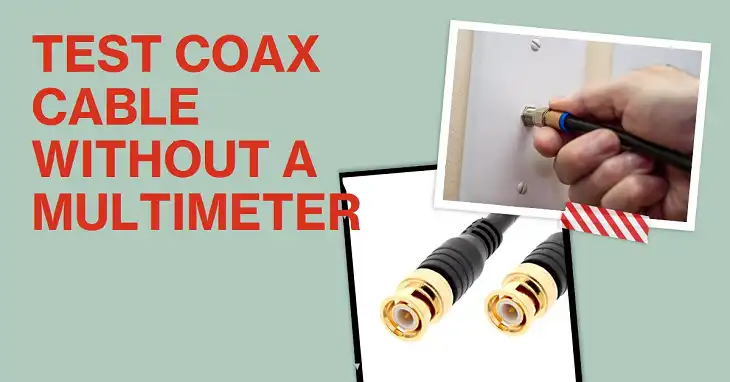
Signs of a Faulty Coax Cable
Some common indications your coax cable may be faulty:
- Weak TV signal or intermittent internet connection
- Slow internet speeds or high latency
- Total loss of internet or cable TV service
- Issues that seem to come and go randomly
If you notice any of these symptoms, it’s a good idea to test the coax cables.
Method #1: Visual Inspection
Carefully look over the entire length of the cable for any physical damage:
- Cuts, cracks, kinks, or flattened sections
- Corroded or loose cable connectors
- Obvious points of physical damage along the cable
Also inspect all connection points, including wall outlets, splitters, and the connections to devices like modems or TV set-top boxes. Make sure all connectors are tightened securely and free of corrosion.
Method #2: Continuity Testing

You can test for basic continuity using a battery and a small LED light or bulb:
- Disconnect the coax cable at both ends
- Touch the battery leads to the central conductor and outer shell at one end
- If the LED lights up, there is continuity
- Repeat the test at the other end
A specialized coax cable tester will provide more reliable results than the DIY method. But a positive test indicates the basic integrity of the cable.
Method #3: Signal Tracing
Follow the path of the cable through walls, ceilings, or conduits to identify any damage points:
- Look for staples, nails, or other sources of physical damage
- Examine connection points like wall outlets and splitters
This requires access to the cable’s full run which may not always be feasible.
Method #4: Connection Checking
Ensure the coax cable is properly connected at all outlets, splitters, modems, and other devices.
- Disconnect and reconnect fittings to refresh the connections
- Try swapping splitter ports or wall outlets to isolate issues
Loose fittings are a common cause of problems.
Method #5: Isolate with Temporary Replacement
Substitute a known good coax cable to help determine if the issue is with the specific cable or the connections:
- If the problem goes away, the issue was the bad cable
- If it persists, the issue is likely with connections, splitters, or wall outlets
If you are still unable to resolve the issue after trying these steps, contact your cable provider for assistance. Be prepared to explain the troubleshooting steps you have already taken.
Safety Tips
- Always turn off devices before disconnecting or connecting coax cables
- Wear eye protection when inspecting overhead cables
- Only open wall plates and splitters if you are comfortable doing so safely
Summary
The best first steps for testing coax cable without a multimeter involve visual inspection and basic continuity testing. Start with these simple methods before seeking professional assistance. Correctly diagnosing issues will save you time and frustration.
Frequently Asked Questions
Can I use a voltage tester on a coax cable?
No, a voltage tester is not well-suited for testing coax cables. The best options are a continuity test or a coax cable tester.
How do I know if my coax cable is RG-59 or RG-6?
RG-59 cables are thinner and have less protection than RG-6. Check for markings on the cable jacket to identify the specific type. RG-6 is recommended for most modern applications.
Where should I start if my entire home cable TV/internet is not working?
Begin troubleshooting at the point where the external coax feed line enters the house, as this is a common failure point. Then work back through splitters, feeds to rooms, and finally individual outlets.
Can I use a multimeter to test for voltage on a coax cable?
Coax cables don’t normally carry dangerous voltages. A multimeter can be used for continuity or signal testing, but not voltage.
My cable internet works but cable TV doesn’t – what should I check?
This suggests the issue is limited to the TV connection and not the cable itself. Check the connections specifically on the TV outlet. Also, try connecting the TV to a different outlet as a test.

